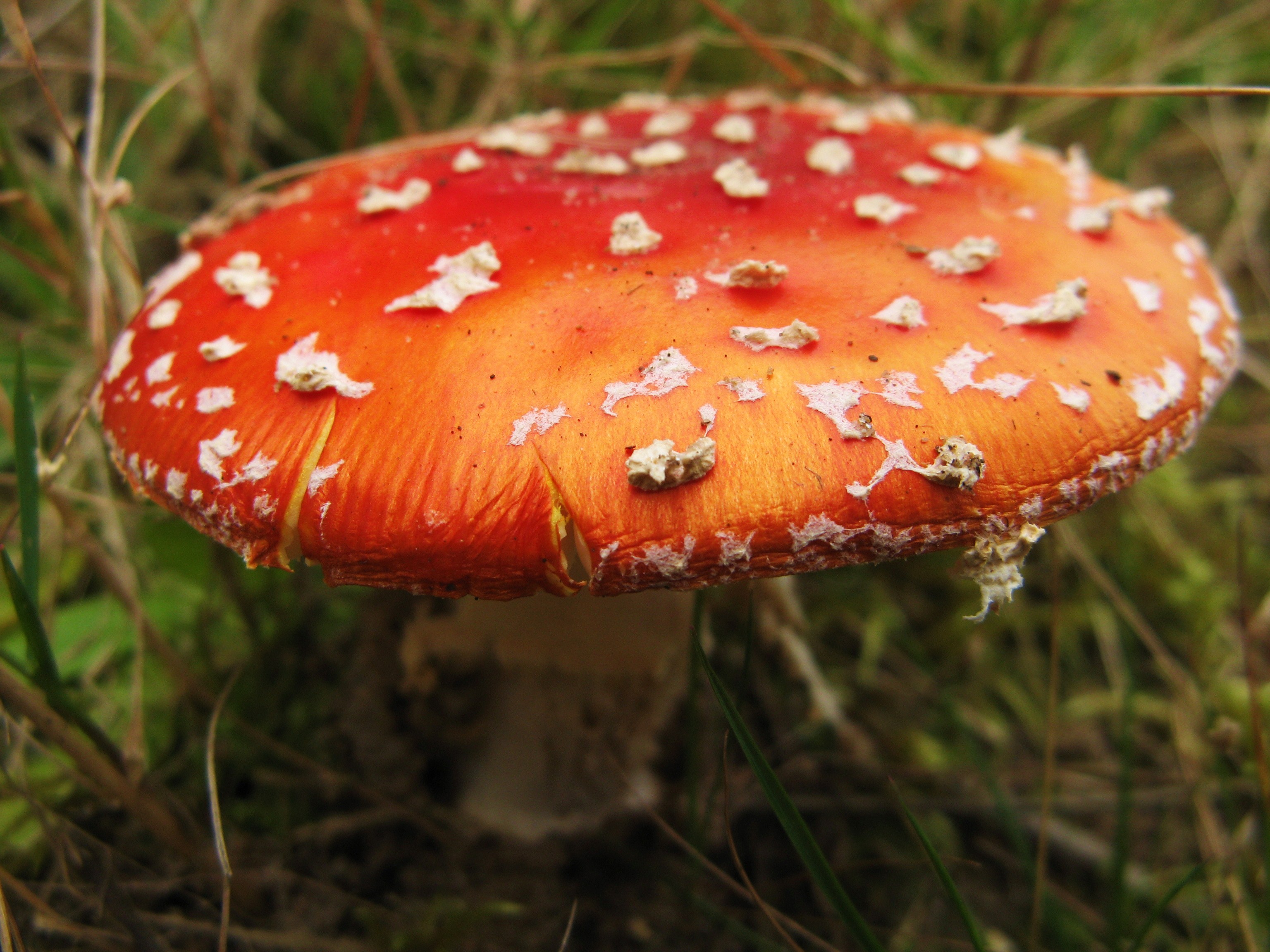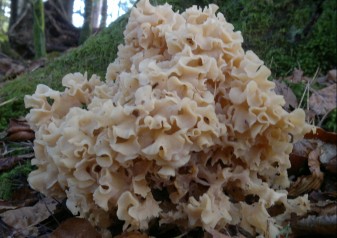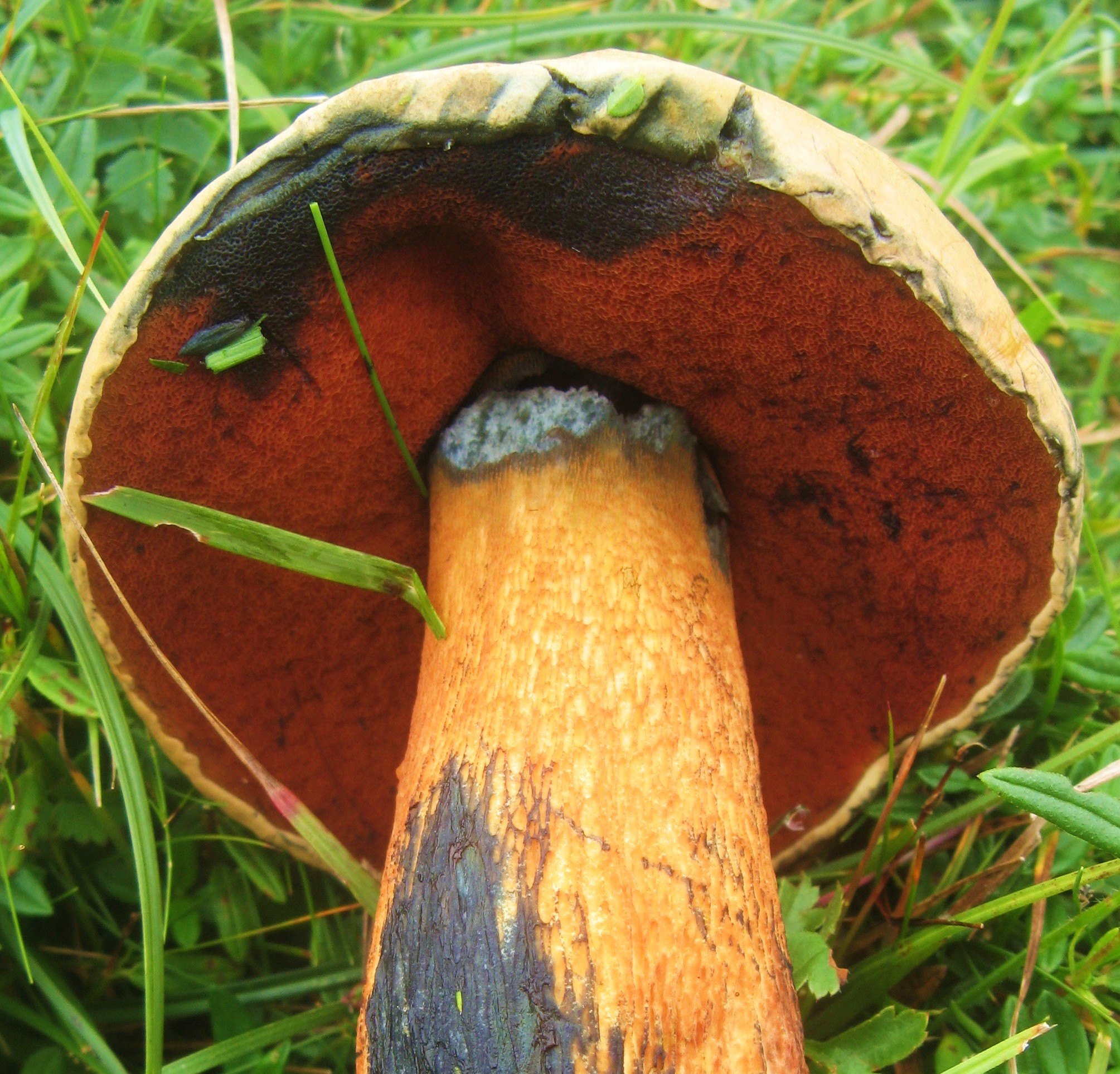Fly agaric – edibility, identification, distribution
October 26, 2011
This beautiful iconic mushroom is very common, easy to identify, potentially harmful, harmlessly tasty if properly prepared, and hallucinogenic. Learn all about it here…

This beautiful iconic mushroom is very common, easy to identify, potentially harmful, harmlessly tasty if properly prepared, and hallucinogenic. Learn all about it here…

This is one of the most exciting fungi to stumble upon, nestling at the base of pine trees like a cloud of coral. Although uncommon, they tend to recur in established locations, though not necessarily in consecutive years. Firm young specimens are delicious, if laborious to clean, with a firm texture and fungal, nutty flavour. They can grow to enormous sizes…

The two questions I get asked most often when guiding fungi forages are ‘Is this edible?’ and ‘What’s the difference between mushrooms and toadstools?
Not so simple…read for the answers, and more questions…

In the odd world of fungi, the hedgehog mushroom still manages to stand out as eccentric. Its the joker in the pack, and for anyone who is struggling to get to grips with identifying edible wild mushrooms, its refusal to conform to even the loosest of mycological norms make it a godsend. Better still, it is fairly common, immune to insect attack and very tasty.

Shaggy ink caps can usually be found growing in the same place year after year – often in urban environments. As with all ink caps, spore dispersal is by means of deliquesing whereby the entire cap liquifies from the bottom up, often leaving only the stipe and a disc of cap